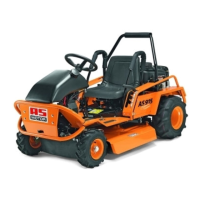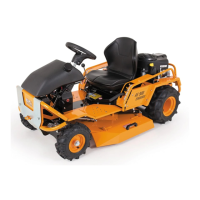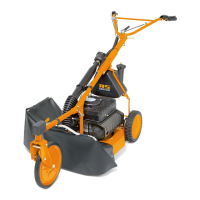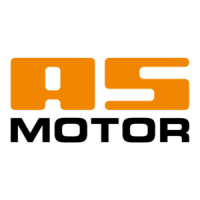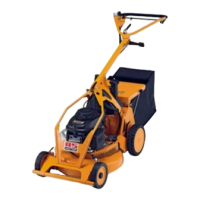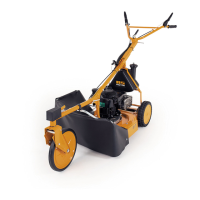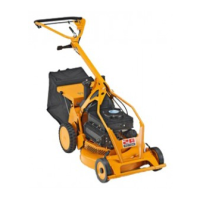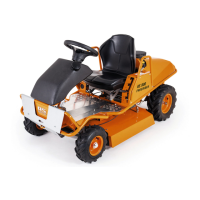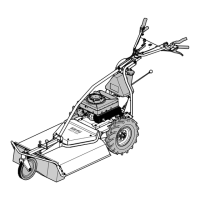Why AS MOTOR AS 940 SHERPA 4WD RC Lawn Mower engine is smoking?
- YydavisSep 5, 2025
If the AS MOTOR Lawn Mower engine is smoking, maintain or replace the air filter. Have an authorised service centre lower the oil level if it is too high.
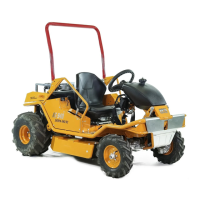
Why AS MOTOR AS 940 SHERPA 4WD RC Lawn Mower engine is smoking?
If the AS MOTOR Lawn Mower engine is smoking, maintain or replace the air filter. Have an authorised service centre lower the oil level if it is too high.
How to improve mulching result with high plant material on AS MOTOR AS 940 SHERPA 4WD RC Lawn Mower?
To improve mulching results with high plant material when using your AS MOTOR Lawn Mower, reduce the speed.
How to improve mulching result with low plant material on AS MOTOR AS 940 SHERPA 4WD RC?
To improve mulching results with low plant material when using your AS MOTOR Lawn Mower, increase the speed.
What to do if AS MOTOR AS 940 SHERPA 4WD RC Lawn Mower housing is jammed?
If the AS MOTOR Lawn Mower housing is jammed, adjust the cutting height and mowing speed to the mowing conditions. Contact an authorised service centre to check the blade and engine speed.
| Brand | AS MOTOR |
|---|---|
| Model | AS 940 SHERPA 4WD RC |
| Category | Lawn Mower |
| Language | English |
Symbols used in the operating instructions to denote special dangers, prohibitions, and directives.
Conventions for numbered text, indented arrows, and 'Notice' callouts.
Symbols placed on the device to alert users to caution and potential hazards.
Emphasizes reading instructions, familiarizing with controls, and sharing info with users.
Defines who can operate the device and conditions under which operation is unsuitable.
Precautions for handling flammable fuel safely, including storage and first aid.
Mandatory pre-operation checks of the device's components and safety features.
Description of control elements located in the front section of the device.
Instructions for inserting and removing the transmitter into its holder.
Recommendations and use cases for operating the device in ride-on mode.
Recommendations and use cases for operating the device via remote control.
Pre-operation checks including oil level, fuel, and battery status.
Information on the type of fuel to use and its storage.
Procedure and safety precautions for refueling the device.
Step-by-step guide to starting the engine when in ride-on mode.
Instructions on how to steer the device using the steering wheel.
Guidance on controlling the speed and direction of the device.
Explanation of how the foot brake and parking brake function.
Step-by-step guide to starting the engine when in remote control mode.
Instructions on how to steer the device using the transmitter joystick.
Instructions for transporting the device using a forklift and pallets.
Safety precautions for transporting the device on a vehicle or trailer.
Guidance on using suitable ramps and securing the device during loading.
Essential preparatory steps before performing maintenance or cleaning.
How to position the device for safe maintenance, repair, or cleaning.
Procedures for thorough cleaning of the device after each use.
Lists all items included in the device packaging.
Steps for removing the device and its components from the packaging.
Instructions for attaching parts such as the steering wheel.
General guidelines for storing the device safely and properly.
Specific procedures for preparing the device for extended storage periods.
Identification of parts subject to normal wear and tear that require replacement.
Important warnings and guidelines regarding the use and mixing of tires.
Instructions for the environmentally responsible disposal of the device and its parts.
Information on warranty coverage, registration, and related documentation.
Solutions for issues related to communication loss between the transmitter and receiver.
Troubleshooting steps for when the engine fails to crank.
Diagnostic steps and remedies for when the engine does not ignite.
